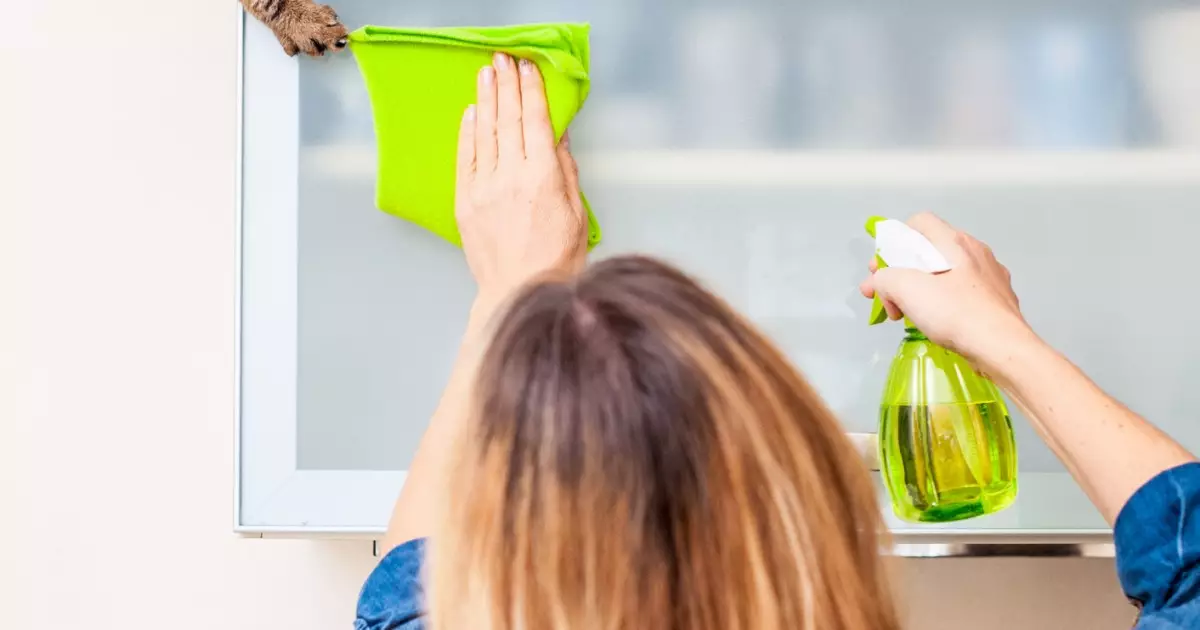Cats are often seen as enigmatic creatures, filled with quirky traits that can bring joy as well as exasperation to their owners. While their playful nature can be delightful, it can also lead to unwanted behaviors that compel pet parents to seek solutions. A common, yet controversial, method employed in cat training is the use of a spray bottle filled with water. However, this approach raises considerable ethical concerns and can do more harm than good in the long run. This article aims to dissect the pitfalls of using a spray bottle in training cats and suggests more humane alternatives that foster a stronger bond between cats and their owners.
At first glance, using a spray bottle to deter negative behaviors may seem effective. The strategy is straightforward: when a cat begins to scratch furniture, jump on counters, or exhibit other unwanted habits, a sudden spray of water aims to startle the feline into submission. The underlying belief is that the cat will quickly learn to associate the unpleasant experience of being sprayed with the undesired behavior, thereby discouraging it. While this may result in short-term compliance, it fails spectacularly when considering a cat’s long-term emotional health and behavior.
Cats are sensitive beings, and the use of punitive methods like water spraying can lead to fear and anxiety. Rather than associating a negative experience with their actions alone, cats may start to view their owners as a source of fear. This fear can lead to an erosion of trust between pet and parent, creating a toxicity that undermines the very relationship that the owner sought to improve.
Employing intimidation through a spray bottle can inadvertently instill lasting psychological damage in a cat. Rather than achieving beneficial behavioral adjustments, the experience may foster chronic anxiety. Pets can’t interact in the same way humans do; they don’t understand the concept of punishment as we do. Thus, the application of a water spray can lead to confusion and mistrust towards their human companions. In extreme cases, cats may become more withdrawn or develop behavioral issues as a means of coping with the stress.
Moreover, a cat that becomes wary of a spray bottle may simply find ways to avoid it, returning to the unwanted behaviors when the perceived threat is absent. This cyclical pattern continues to frustrate both parties involved, leading owners to believe that their efforts are futile.
In contrast to the adversarial nature of using water sprays, positive reinforcement is a more compassionate and effective method of training cats. This approach focuses on rewarding desirable behaviors, creating an encouraging atmosphere for the feline. For example, providing a scratching post as an alternative to furniture can yield fruitful results. Each time a cat uses the designated scratching area, offering treats, praise, or playtime rewards their good behavior and reinforces a positive learning environment.
The key here is consistency. By establishing a routine of rewards and clear communication, cat owners can help their pets understand what is expected of them. Employing verbal cues or designated signals can guide the cat in a structured manner, which is particularly important for a species that naturally thrives in environments with clear boundaries.
Cats have inherent instincts to scratch, climb, and hunt, necessitating outlets to express these behaviors in a healthy manner. To diminish unwanted actions, cat owners should provide various alternatives. Instead of simply punishing their pets for undesirable behaviors, offering scratching posts, interactive toys, and climbing perches ensures that their natural instincts are met in acceptable ways.
In addition to appropriate toys, creating a stimulating environment filled with vertical spaces can redirect excess energy and curiosity. Such considerations not only prevent unwanted behavior but also promote a happier, healthier lifestyle for your cat.
Training a cat can be challenging, and there are times when outside expertise is valuable. When typical training techniques appear ineffective, reaching out to a professional animal behaviorist or a certified cat trainer can provide tailored insights and actionable strategies. These experts can assist in creating an individualized training program that respects your pet’s emotional well-being while addressing specific concerns.
The traditional method of using a spray bottle to curb undesirable behavior in cats is not merely ineffective; it can inflict emotional harm and erode the critical bond of trust between cat and owner. In contrast, adopting strategies like positive reinforcement and environmental enrichment promotes desirable behaviors and nurtures a more respectful relationship between you and your furry companion. By focusing efforts on creating a supportive environment filled with encouragement, cat owners can build a foundation of trust and understanding, leading to a happier and more harmonious household for all.
